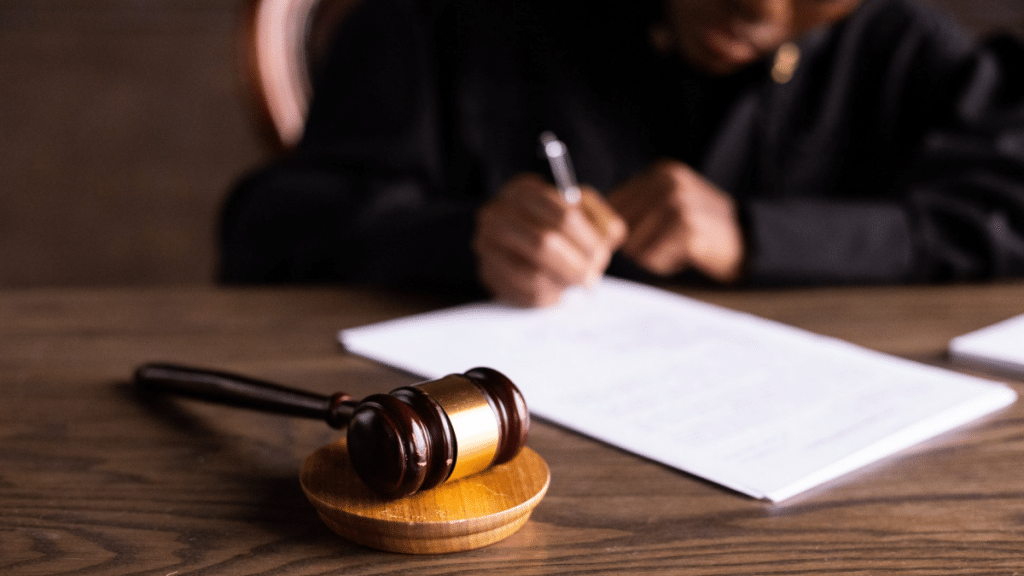Intimate partner violence is an unfortunate but prevalent occurrence in the United States. As many as 10 million people – one in every four women and one in nine men – are affected by intimate partner violence. The prevalence of domestic violence is so high that nearly all medical professionals evaluate or treat a patient who has fallen victim to domestic violence. Statistics show that one in three women experience physical violence like shoving, pushing, or slapping. Additionally, one in seven women and one in 25 men have sustained injuries from an intimate partner. Further, one in 10 women has been a victim of rape.
The data implies that intimate partner violence is a severe problem within American society. While many victims of intimate partner violence suffer in silence, there are legal avenues they can explore. Pursuing a domestic protective order is one such recourse. A protective order is a legal document that explicitly reprimands an abuser from inflicting further harm to a victim. Protective orders are often issued by a state court and preempt the legal consequences of inflicting further harm on an individual. States and jurisdictions have used various names for protective orders, like no-contact or restraining orders.
The victims of abusive relationships typically request the courts to issue a protective order. The order prohibits an abuser from hitting, punching, or inflicting physical harm to their spouse. It may also be used when a victim is falsely imprisoned, stalked, or harassed. Victims must prove they are in imminent danger and have a relationship with their alleged abuser. Different courts determine what constitutes a relationship between the abuser and the victim. The court must also find a history of violence in their relationship before issuing a protective order. Abusers with a history of threatening or committing violence with other people usually receive an order.
The primary function of a protective order is to ensure the abuser keeps their distance from the victim. Most abusers must relocate from the victim’s residence if they cohabitate. Cases, where the abuser and victim have children, may require additional provisions detailing the responsibilities of each parent. Provisions for visitation rights may include supervised visits. A court can also decide to impose the protective order permanently. Abusers who violate protective orders may face the consequences like civil or criminal penalties, including fines or jail time.
Victims of intimate partner violence should talk to an attorney to chart a path forward.
Every person has a right to be protected from an abusive partner, regardless of their shared history or filial relations. Abusive persons can sometimes turn extremely violent and cause fatal or lasting injuries to their victims. The emotional and psychological toll that an abusive relationship takes can also diminish a person’s quality of life and self-esteem. The emotional and psychological effects of intimate partner violence can last long. Therefore, protect yourself by seeking legal counsel.
If you feel you have been unjustly accused of being an abusive partner and have been issued a notice of a protective order, contacting a criminal lawyer is the best course of action. Cases involving intimate partner violence are complex, especially when the individuals involved share property or have children. Therefore, talking to a lawyer can significantly help your claim against your charges. “Criminal defense attorneys may be able to challenge the evidence against you and protect your rights,” says attorney Mark Sherman of The Law Offices of Mark Sherman.


